Complete Solutions to SELECTED STRAIGHT OBJECTIVE TYPE MCQS of chapter BASIC PRINCIPLES OF ORGANIC CHEMISTRY of Class 12 book with complete answers and questions
| Class 12 | CHEMISTRY |
| Chapter | BASIC PRINCIPLES OF ORGANIC CHEMISTRY |
| DINESH OBJECTIVE CHEMISTRY | SELECTED STRAIGHT OBJECTIVE TYPE MCQS |
| Number Of Questions | 64 |
| Academic Year | 2023-24 |
The correct IUPAC name(s) of
View SolutionThe correct IUPAC name(s) of
View SolutionThe correct IUPAC name(s) of
View SolutionThe correct IUPAC name(s) of
View SolutionThe correct IUPAC name(s) of
View SolutionThe compound
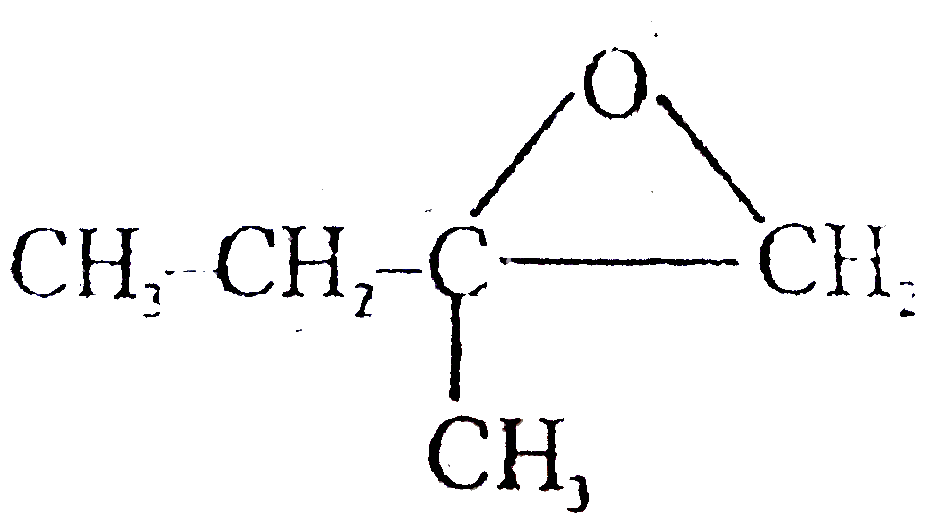 may be named as
may be named as
View SolutionThe compound
View SolutionThe compound
View SolutionThe correct IUPAC name of
View SolutionThe correct IUPAC name of

View SolutionThe IUPAC name of diglyme is
View SolutionThe IUPAC name of phenetole is
View SolutionThe correct IUPAC name of the compound,
View SolutionThe compound which has one isopropyl group is :
View SolutionThe IUPAC name of compound
View SolutionThe correct IUPAC name of compound
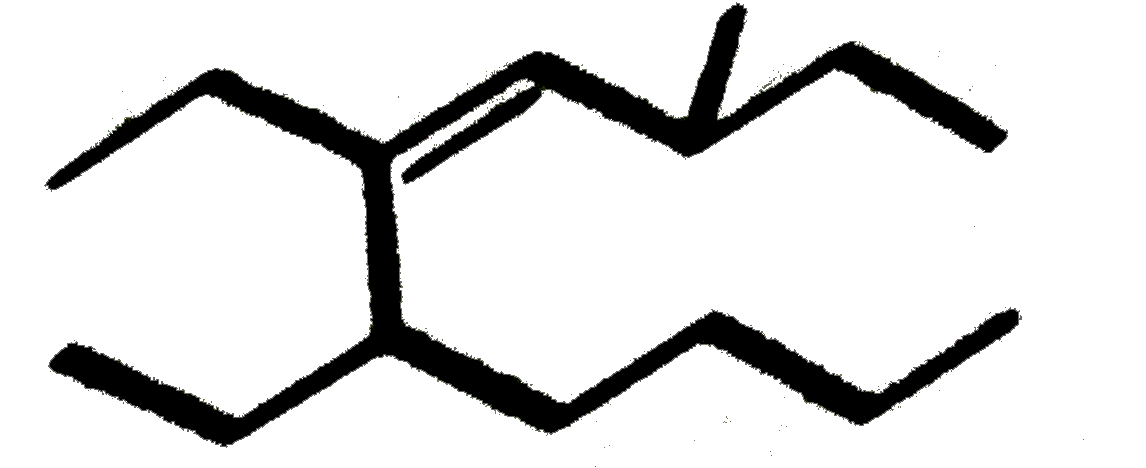
View SolutionThe IUPAC name of
View SolutionChoose the correct IUPAC name for
View SolutionWhich of the following represents the given mode of hybridization
View SolutionIsovalent hyperconjugation explanis the stability of
View SolutionHomolytic fission of organic compound yields
View SolutionWhich of the following pairs of species are isostructural ?
View SolutionWhich of the following species contain six electrons around the central carbon atom ?
View SolutionWhich of the following species are planar ?
View SolutionThe greater stability of tert-butyl carbocation than methyl carbocation can be explained on the basis of
View Solution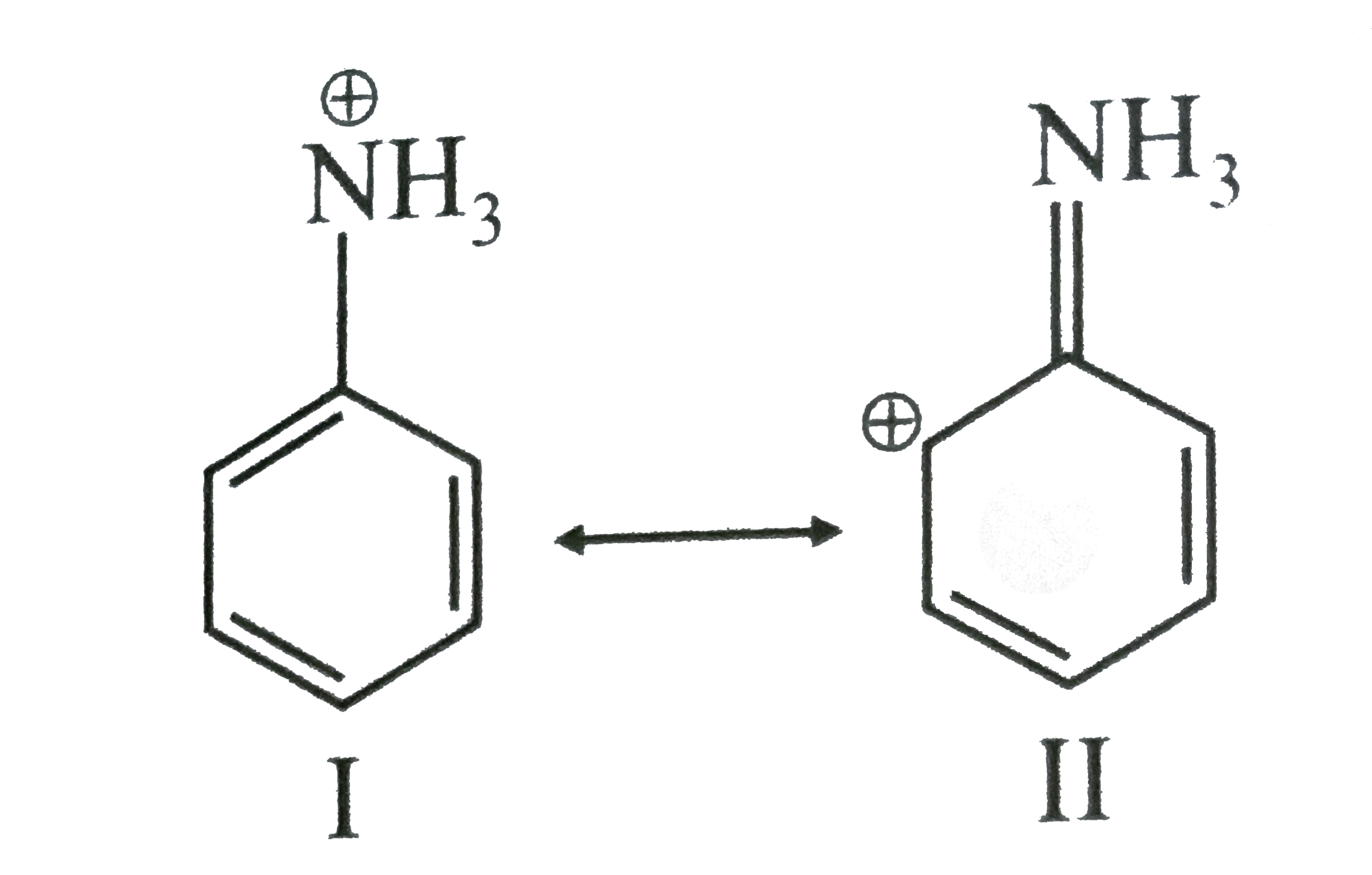
Examine the following two structures for the anilinium ion and choose the correct statement from the ones given below:
View SolutionAn aromatic molecule will
View SolutionResonance structure of a molecule cannot have
View SolutionWhich one of the following acids would you expect to be the strongest ?
View SolutionAmongst the following the most basic compound is :
View SolutionHomolytic fission of carbon-carbon bond of ethane produces an intermediate in which the carbon atom is in
View SolutionThe decreasing order of strength of the bases,
View SolutionWhich of the following has the smallest heat of hydrogenation per mole ?
View SolutionThe kind of delocalisation involving sigma bond orbitals is called………..
View SolutionThe intermediate during the addition of
View Solution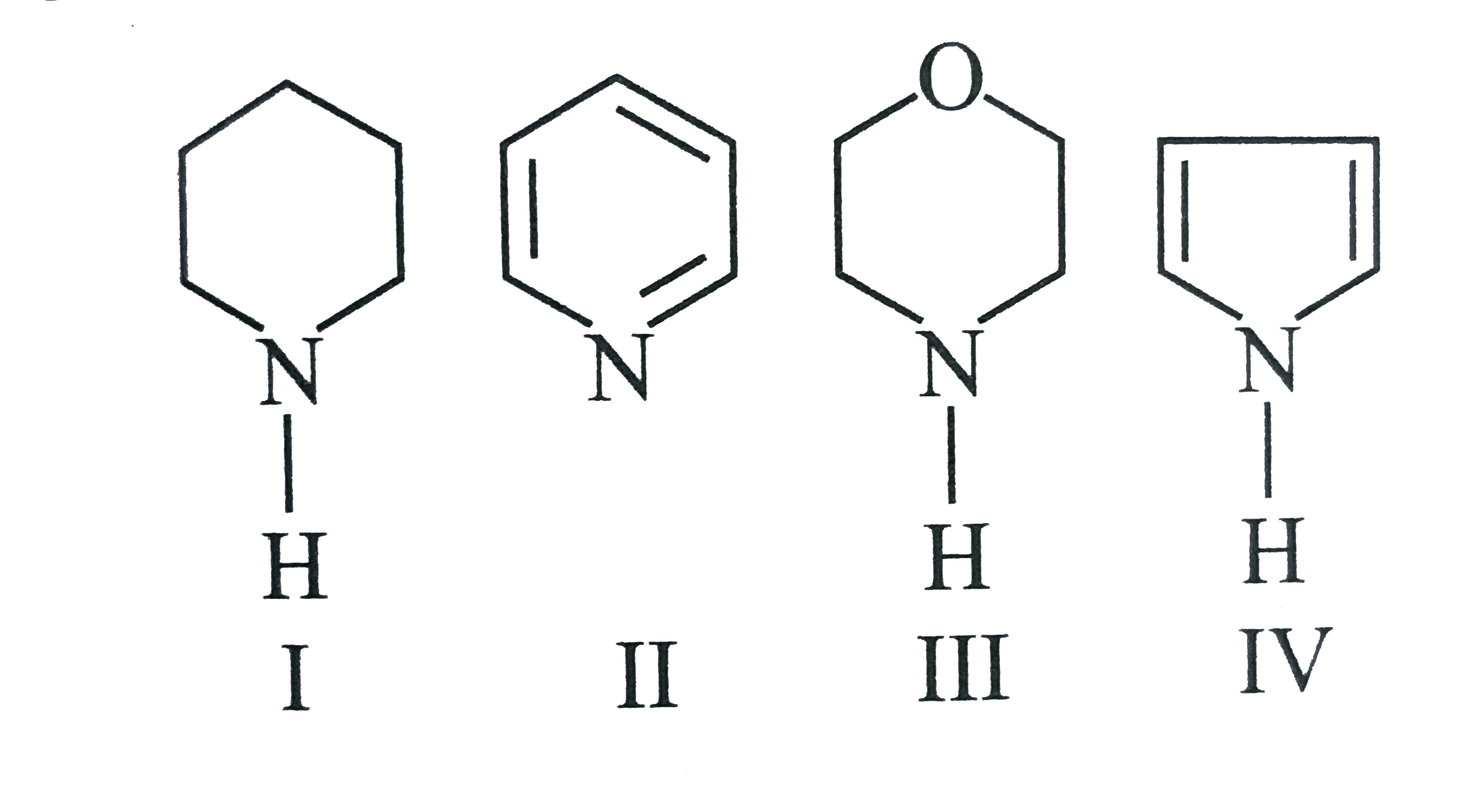
In the following compounds The order of basicity is
View SolutionThe formation of cyanohydrin from ketone is an example of :
View SolutionPolarisation of electrons in acrolein may be written as :
View SolutionThe most unlikely representation of resonance structure of
View SolutionWhich of the following alkenes will react fastest with
View SolutionWhich of the following has highest nucleophilicity ?
View SolutionThe reaction of propene with HOCl proceeds via the addition of :
View SolutionWhich is most stable ?
View SolutionIdentify correct order of reactivity in electronphilic substitution reactions of the following compounds
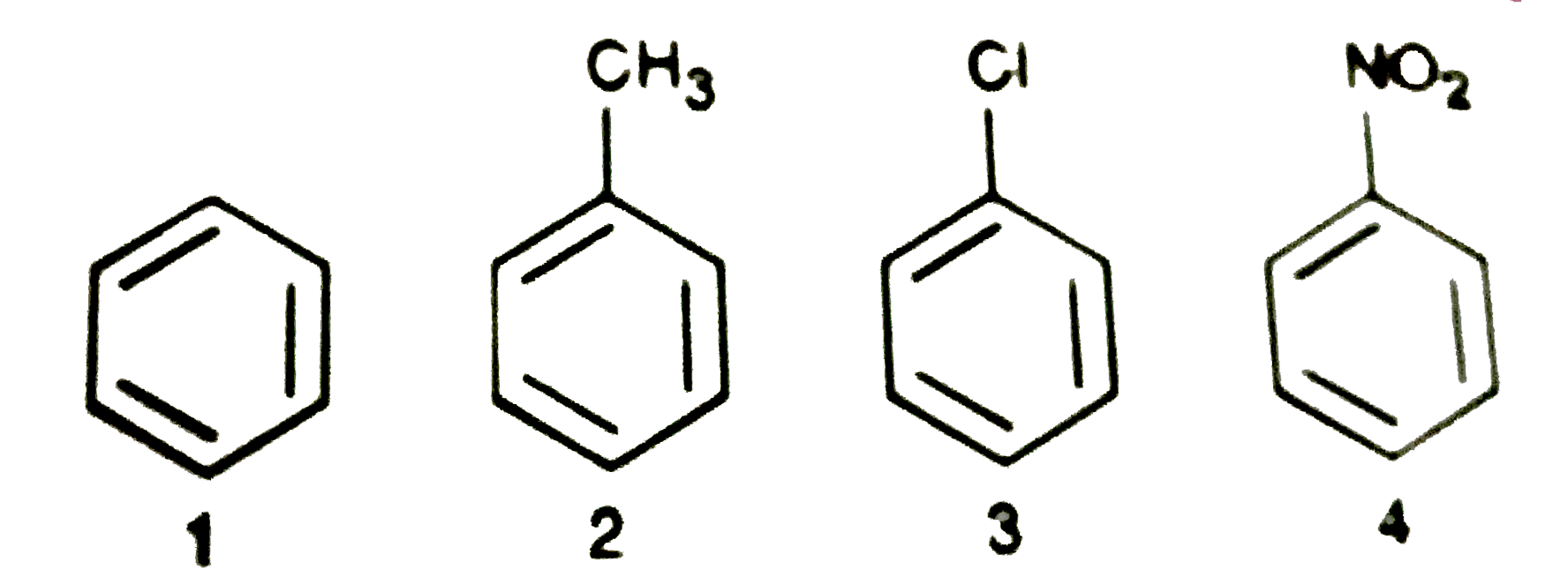
View SolutionConsider the following reaction:
Identify the structure of the major products
View SolutionWhich among the following is the most stable carbocation ?
View SolutionThe names of some compounds are given. Which one not in the
View SolutionDue to the presence of an unpaired electron free radicals are
View SolutionThe
View SolutionIUPAC name of
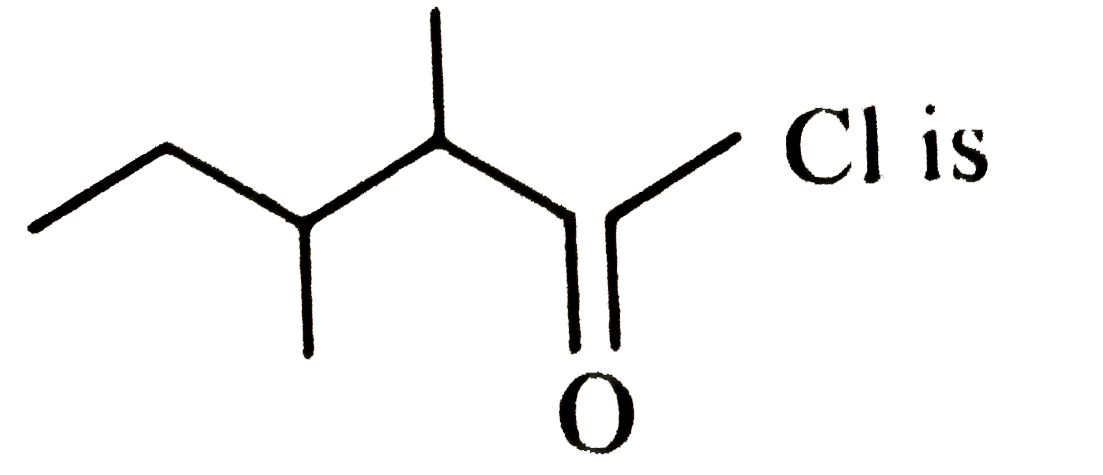
View SolutionThe general molecular formula, which represents the homologous series of alkanols is
View SolutionThe increasing order of stability of the following free radicals is:
View SolutionThe IUPAC name of the compound shown below is
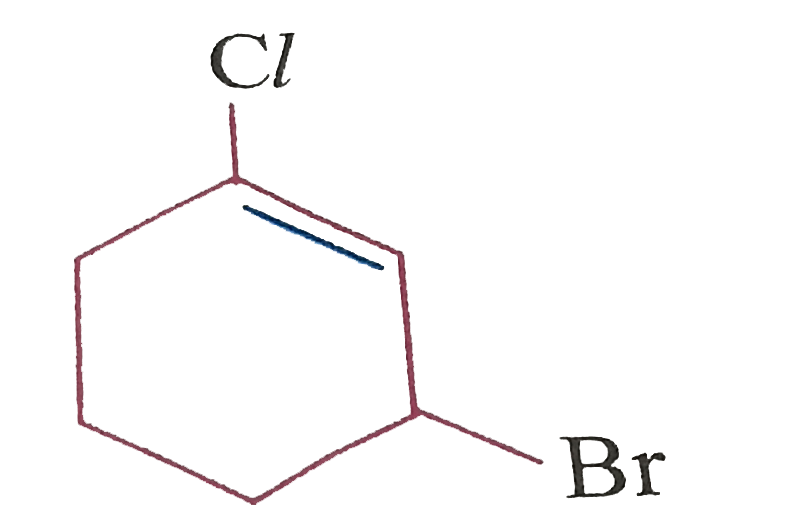
View SolutionIUPAC name of
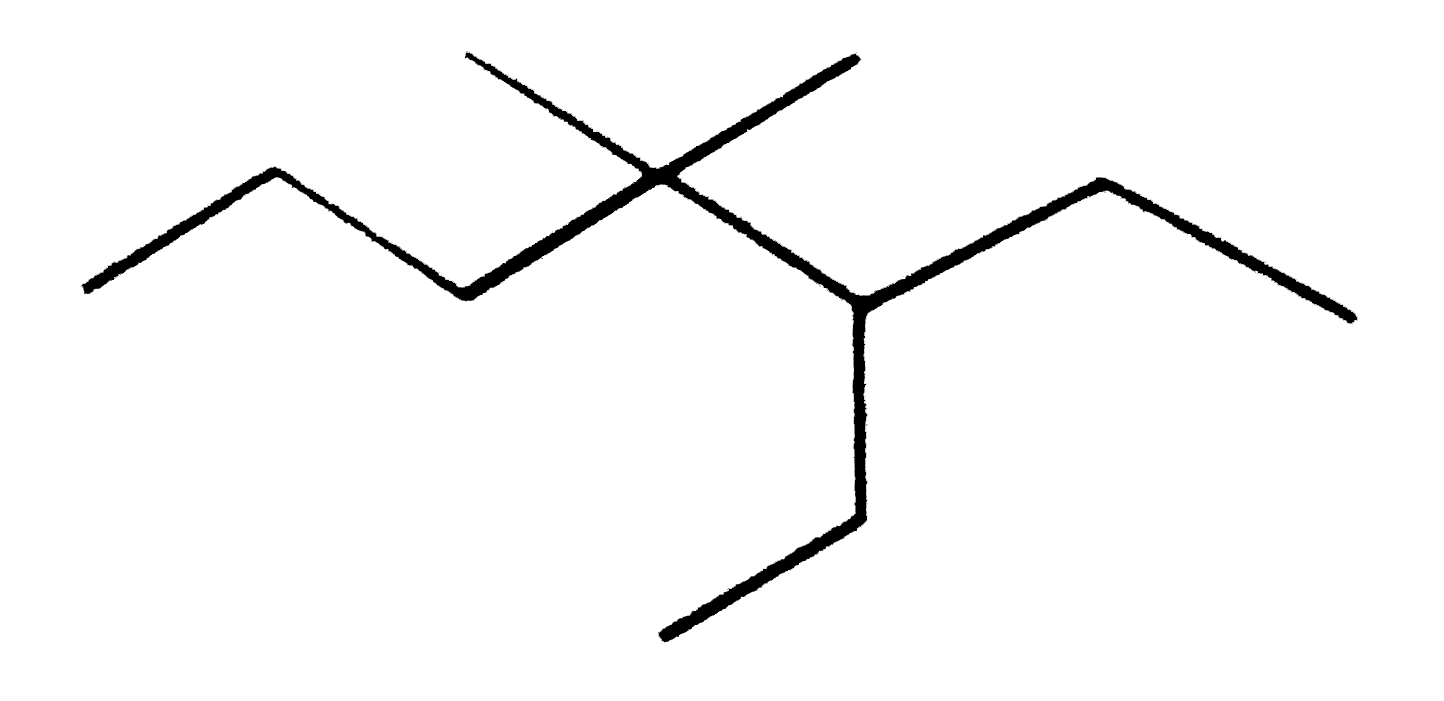
View SolutionAmong the following, the least stable resonance structure is :
View SolutionIn the hydrocarbon
The state of hybridization of carbons 1, 3 and 5 are in the following sequence
View SolutionThe correct decreasing order of priority for the functional groups of organic compounds in the IUPAC system of nomenclature is
View SolutionHyperconjugation involves overlap of the following orbitals :
View SolutionThe correct of stability for the following species is :
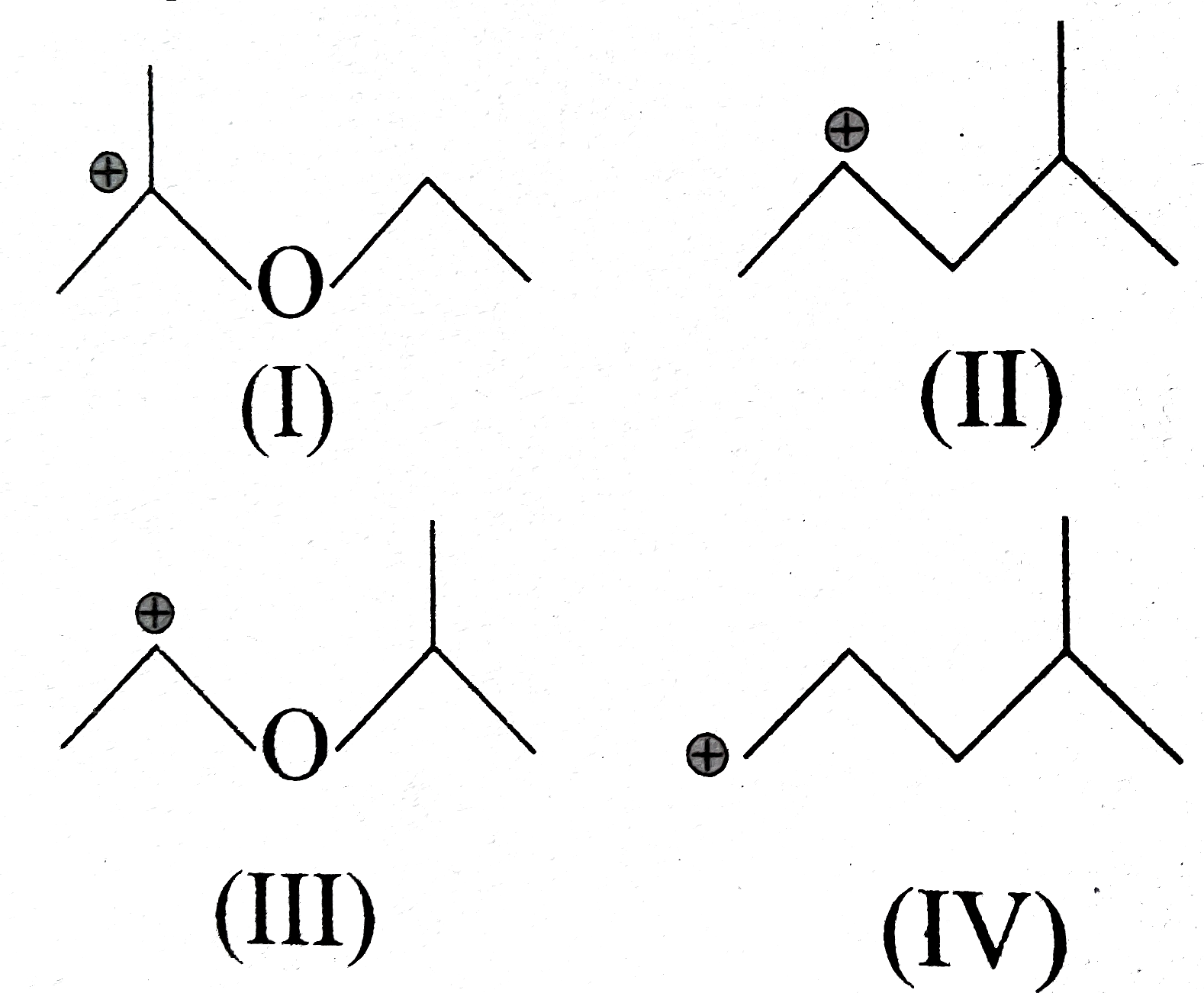
View SolutionThe stability of carbanions in the following
(i)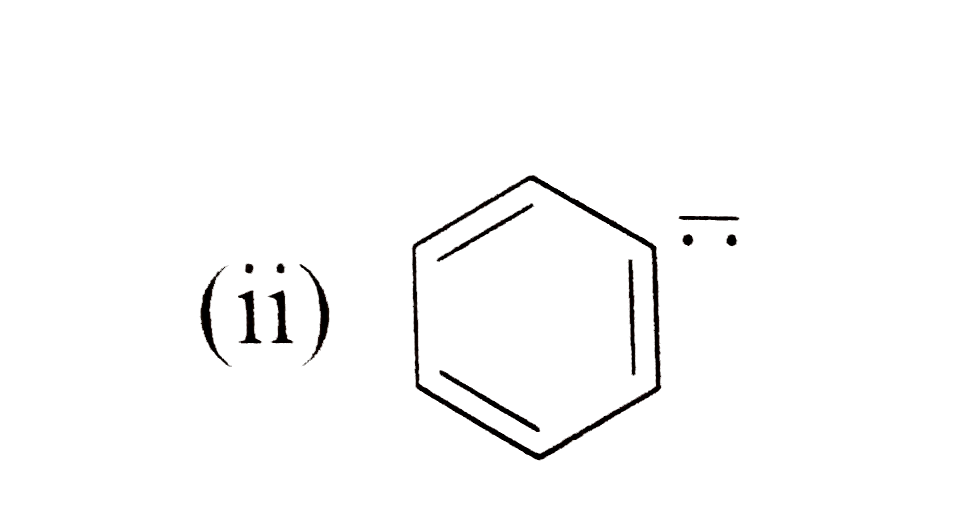
(iii)
is in the order
View SolutionThe
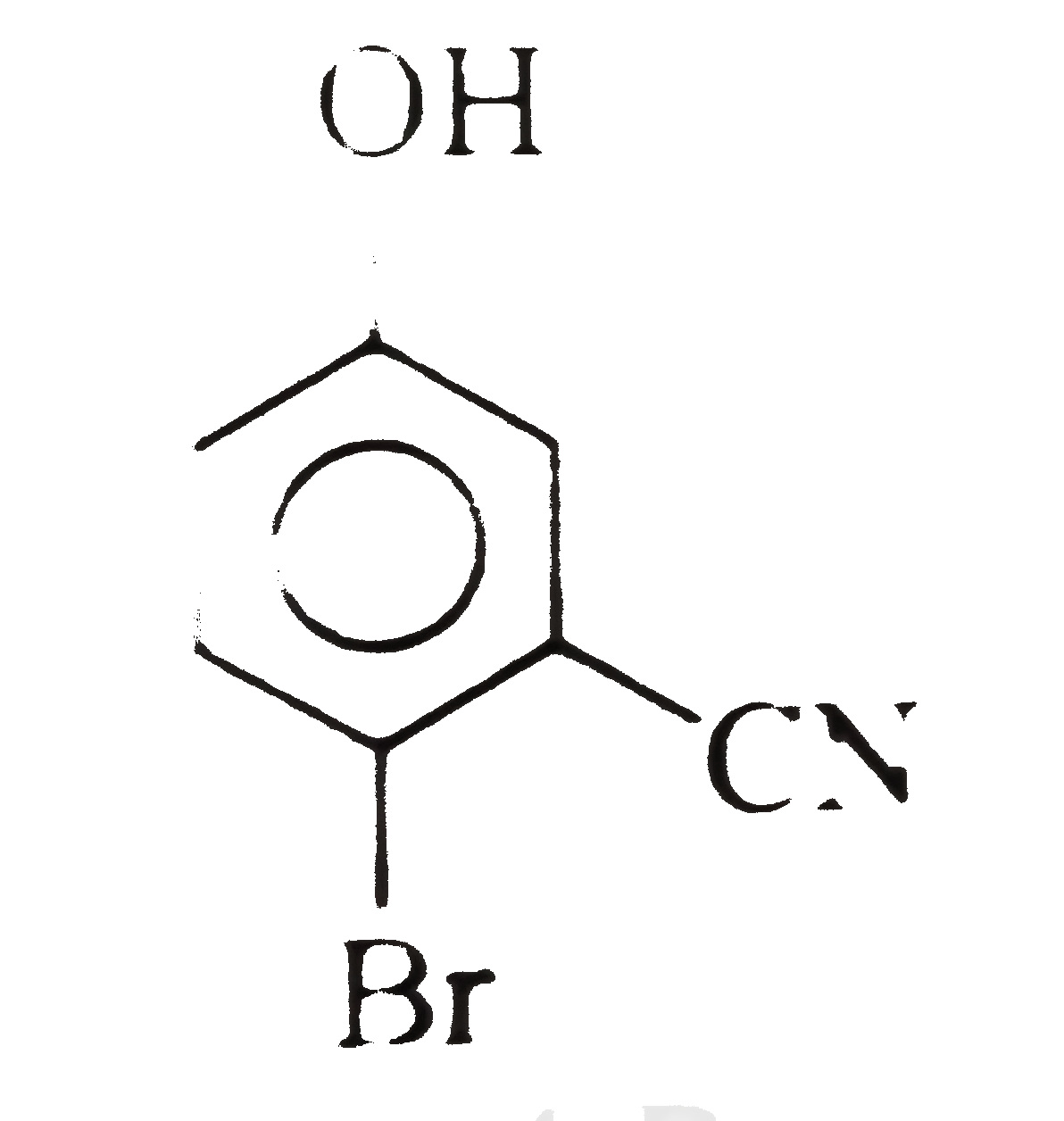
View SolutionArrange the carbanions,
View SolutionThe
View SolutionThe IUPAC name of neopentane is
View Solution
SELECTED STRAIGHT OBJECTIVE TYPE MCQS questions and complete solutions for chapter BASIC PRINCIPLES OF ORGANIC CHEMISTRY of S DINESH & CO CHEMISTRY (HINGLISH) of Class 12